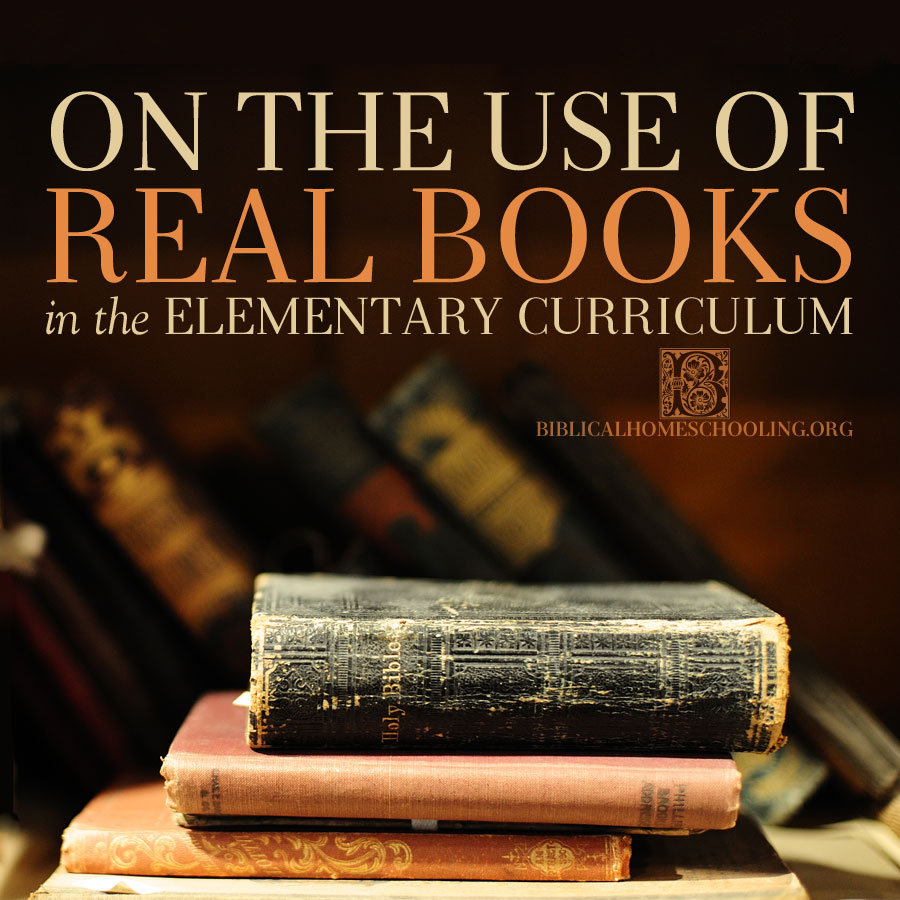Let’s start with history. In the elementary curriculum, knowledge of history’s important events and persons is what children must learn: what happened, who was involved, where, and when. Traditionally, history textbooks have been used to impart this information. Children then learn the information for a test, and forget it promptly afterward. Why? Because they are facts in isolation. For the facts to “stick,” children need to build a framework for the context. Learning the story of the race to find a new passage to India, because the encroaching Turks had made the ancient Silk Road overland journey dangerous and costly – the context – gives the fact that Columbus sailed west in 1492, a place to stick, and the chance that our children will retain a much higher percentage of their history knowledge goes up.
But if we use real books to teach history, instead of textbooks, how do we know what facts and what context our children are supposed to learn? Narrative surveys are a wonderful tool! A narrative survey will provide an overview of an era, but in an interesting storybook format. Moreover, the most important events, persons, and dates of the era are featured as part of the story. Using the narrative survey as a foundation, we can then branch out with biographies, historical fiction, literature, and non-fiction books that go into greater detail.
“Tell me and I forget. Teach me and I remember. Involve me and I learn.”
Benjamin Franklin
One of the best ways to involve a child in building a mental framework for their history knowledge, is to create a timeline. As the teacher, start with a list of the vital persons, events, and dates to be learned by the end of your era under study. When you and your child encounter that person, that event, or that date in your narrative survey, have the child add it to his timeline under construction. These pivotal facts are also the best place to branch out with additional and individual reading alongside the narrative survey: well-written biographies, page-turning historical fiction, or fascinating non-fiction finds from the library.
Children also enjoy tracing, on butcher paper, a map of the area under study, coloring and labeling mountains, rivers, or other physical features, and marking on the map important cities, places, or battles when they are encountered in the narrative survey. Children also love to research costumes, dress up, color pages, create artwork from historical models (such as making a construction paper mosaic when studying Romans, or illuminating a book page when studying Middle Ages), make recipes, take field trips to museums and monuments, and do other crafts, projects, and activities related to the era under study. This broad picture of the life and culture of the era, this background flavor, gives the child brick upon brick to build up his mental framework to which the history facts are affixed, and its construction happens organically over time. Review the important events and persons periodically to ensure each child’s mastery of the vital information.
One way that I often tested my children’s retention of information was to write each piece of information that I wanted them to remember on an index card; and every day, at the start of our reading, I would simply quiz them on half a dozen or a dozen cards, taking no more than five minutes. If they were able to answer, orally, my questions, those cards went to the back of the stack, and any they had forgotten remained up front for more quizzing on subsequent days until that information was “set” in their minds. This brief daily drill reviews the most important information learned throughout the year, so that it remains fresh and becomes truly retained, rather than learned for a test, then forgotten.
But, someone might ask, What about worksheets? What about testing? Let me answer with a question of my own: How does a worksheet or a test teach a child anything? They show that the teacher taught something, but not that the child learned something. Instead of using worksheets and tests as a form of record keeping, here is a system of lesson planning that doubled as record-keeping, which worked well for me.
Even using only a storybook survey or spine, and nothing else, will expose a child to the facts of history in an enjoyable way. Using the storybook spine as a foundation, along with living books, activities, and simple fact retention drills will give children a more complete understanding of the past while keeping a child’s interest, even fueling a child’s love, for history. And yet the objective, of learning a concrete body of historical information, is still accomplished.
Then same principle of using real books, combined with activities and fact retention, then translates to other subjects such as science, beautifully!
Related Post: ON THE USE OF REAL BOOKS IN THE SECONDARY CURRICULUM
